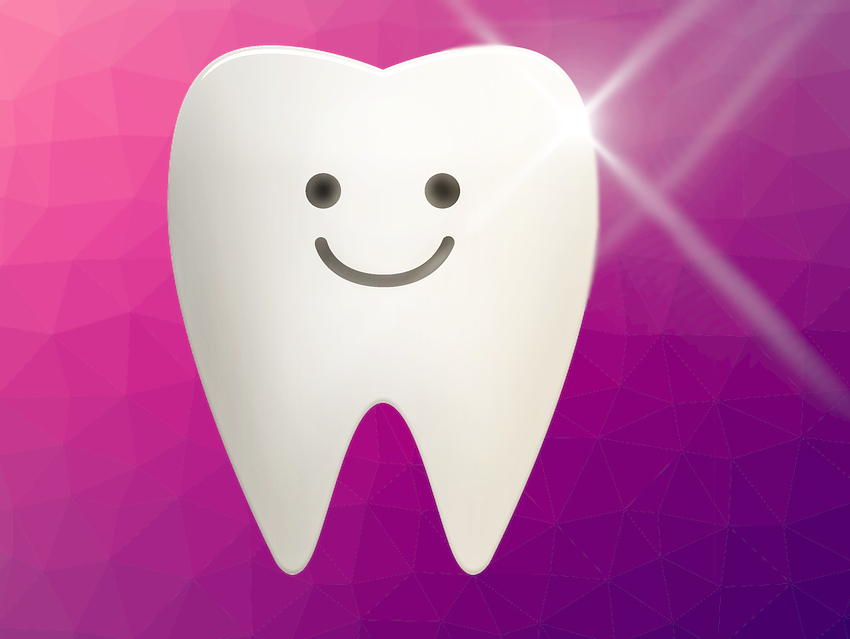Teeth can become stained by foods, beverages, and some medications, and thus, tooth whitening is a popular dental procedure. However, the high levels of hydrogen peroxide in bleaching treatments used at dentist offices (30–40 %) can damage the tooth enamel and cause tooth sensitivity or gum irritation. Home bleaching products contain smaller concentrations of hydrogen peroxide (6–12 %), but they usually require longer-term treatment and do not work as well.
When a bleaching gel is applied to the teeth, hydrogen peroxide and reactive species such as hydroxyl radicals degrade pigments in the stains. The hydroxyl radical plays a major role in the bleaching process. Thus, the bleaching capacity of low-concentration hydrogen peroxide could be improved by boosting the generation of hydroxyl radicals.
Li Xie, Weidong Tian, Sichuan University, Chengdu, China, and colleagues have developed an efficient tooth-whitening strategy with improved safety that uses low-concentration hydrogen peroxide. The team used oxygen-deficient TiO2 (TiO2–x) nanoparticles as a catalyst. These nanoparticles can convert hydrogen peroxide into hydroxyl radicals when exposed to near-infrared (NIR) light—a Fenton-like catalytic activity. Under NIR light and in the presence of hydrogen peroxide, the nanoparticles can bleach tooth samples stained with tea, the dye Orange II, or the dye rhodamine B almost completely within a few hours.
The researchers also prepared a gel from the nanoparticles, a carbomer (polyacrylic acid) gel, and 12 % hydrogen peroxide. The gel was applied to naturally stained tooth samples, which were then treated with NIR light for 1 h. The gel bleached teeth just as well as a commercially available tooth whitening gel containing 40 % hydrogen peroxide, with less damage to the enamel. The nanoparticle system is promising for tooth bleaching and could also be useful for other biomedical applications, e.g., in antibacterial materials.
- Photothermal-Enhanced Fenton-like Catalytic Activity of Oxygen-Deficient Nanotitania for Efficient and Safe Tooth Whitening,
Xingyu Hu, Li Xie, Zhaoyu Xu, Suru Liu, Xinzhi Tan, Ruojing Qian, Ruitao Zhang, Mingyan Jiang, Wenjia Xie, Weidong Tian,
ACS Appl. Mater. Interfaces 2021.
https://doi.org/10.1021/acsami.1c06774



